One of the less-celebrated benefits of globalization is that you can walk into a bakery in almost any city in the world on Friday and buy a challah.
But not in Shanghai.
At least not until this past March, when French Israeli chef Stephan Laurent opened Bread etc., a hip, European-style bakery and café in the city’s former French Concession. The Avignon-trained chef and co-owner of Tel Aviv’s popular Bread and Co. bakes challah daily, along with the croissants, baguettes and pain au chocolate that have drawn a loyal following.
Laurent says he opened the café to cater to “Chinese people aware of what a good croissant and a good baguette are, as well as foreigners craving the bread they thought they would never find in Shanghai.” But Bread etc. has also become “a magnet for young Jews and Israelis,” according to Hannah Maia Frishberg. A Baltimore native who coordinates the Kehillat Shanghai organization of progressive and reform Jews, Frishberg says she “almost always runs into a member when I’m there.”
Frischberg praises the café’s Middle Eastern specialties, including its rich lentil soup and colorful shakshuka, a spicy blend of bell peppers, tomatoes and eggs. And then there are the pastries, which Laurent, not one to stint on ingredients, prepares with flour and butter imported from France. On any given morning, the cozy café with exposed brick walls and floor-to-ceiling windows is redolent with the aroma of bread baking in the large kitchen at the rear of the restaurant.
With a population that exceeds 24 million, Shanghai’s 2,000 to 3,000 Jews have, understandably, had a minimal impact on the city’s culinary landscape. But that doesn’t mean you can’t find kosher food or dine in restaurants where it’s fairly easy to avoid the pork and shellfish that are so pervasive in Chinese cuisine.
Nearly 80 years ago, Shanghai became a refuge for some 20,000 Jewish people fleeing Nazi persecution. Several thousand Jews of Baghdadi and Russian descent already there and, in the 1930s, areas of the city came to resemble the Lower East Side, with kosher butchers, delicatessens and bakeries, according to Dvir Bar-Gal, an Israeli who has been leading Shanghai Jewish heritage tours for almost 20 years. The Jews who’ve come to Shanghai since the city opened its doors to international trade in the mid-1990s have fewer choices.
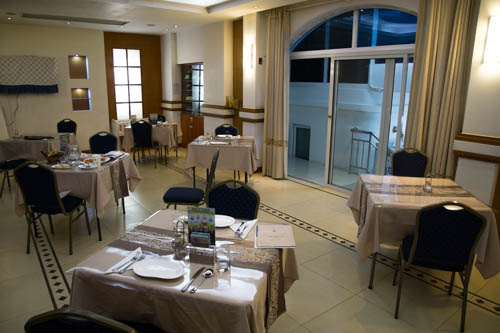
Kosher Cafe. (Credit: J. Michael Cochran)
In fact, the only kosher restaurant today is the Kosher Café, opened by Chabad nearly two decades ago in its Shanghai Jewish Center. And even that’s not quite kosher. “We’re not officially a restaurant,” says Rabbi Shalom Greenberg, who oversees the center and the Kosher Café. China officially recognizes only five religions. Anything run by the Jewish community operates somewhat off the grid. “Since we can’t have a commercial location in China, we got the biggest house we could find,” he says. “I’m registered as living here and hosting friends in my home. But the government knows [and] understands that to get foreigners to come here, they need to allow them to have international schools, independent ideas and to practice their religion.”
The government discourages Chinese passport holders from participating in Jewish activities, so few Chinese people visit the café or attend Jewish events unless they’re hosting friends, colleagues and business partners who keep kosher.
Greenberg, who opened the first of three Shanghai Chabad Houses in 1998, describes running a kosher restaurant in China as a “huge undertaking” that involves importing meat and other goods from around the world and training staff who are unfamiliar with kosher traditions. In a country that relies largely on rice, noodles and buns for carbohydrates, finding kosher bread has been particularly problematic. The rabbi says that he has to kosher a baker (remove all tref and run the ovens at high temperatures), which can take 36 hours, before accepting its baked goods. “They don’t teach you that,” the jovial father of seven jokes, “in rabbi school.”
But it all pays off on Friday nights, he says, when as many as 75 people show up for a Shabbat dinner supervised by his Ohio-born wife, Dinie. As with many Chabad members, she enjoys preparing Chinese as well as traditional dishes, and a Shabbat meal may include gefilte fish and Szechuan fish, or chicken soup and spicy Moroccan fish.
Kosher meals can also be ordered on Shabbat through the Sephardic community’s Jewish Community Center, while kosher food is available through the Chabad’s kosher marts in Hongqaio and Jing’an.
Frishberg says many of her friends avoid shellfish and pork by frequenting vegetarian restaurants. One of the oldest and most popular is Vegetarian Lifestyle, whose chefs are noted for their expert use of meat substitutes in traditional Chinese pork dishes such as ribs and sweet and sour pork. Happy Buddha shares space with Sprout Lifestyle, a natural foods store and cooking school, and specializes in what Frishberg terms “American vegetarian comfort food.” The café, which opened a second location in Shanghai’s financial district, is widely regarded for its vegetarian Mexican dishes.
Jewish tourists and expatriots seeking a carnivorous break from Chinese food can go to such American chains as Morton’s or Ruth’s Chris steak houses, or visit Tock’s—a Montreal Deli. The Jewish-style delicatessen near People’s Square serves bagels and lox and matzah ball soup. But most people come for its smoked meats, particularly its chicken and duck and the aged pastrami that earned the restaurant top rankings on TripAdvisor. Richard Tock, a Montreal businessman who’s been traveling to Shanghai for 15 years, says that, as with most Shanghai restaurants, his customers are primarily local. But, he adds, “The Jewish people who come here find it to be a comforting place.”
And that, after all, is what most people look for in a strange land. No, Tock’s is not the Carnegie Deli, and the vegetarian nachos at Happy Buddha are a far cry from Taco Bells’. But Jews are known for their ability to adapt to the dominant culture, especially from a culinary standpoint. The Jewish foreigners in Shanghai are no different—whether that means a Shabbat meal of sweet and sour chicken and wonton soup or the matzah ball soup and roast chicken they learned to cook back home.
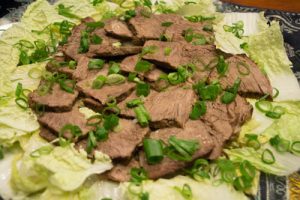
(Credit: J. Michael Cochran)
Fragrant Beef
This is recipe is typical of Shanghai and eastern Chinese in its use of soy sauce, sherry and sugar, which creates a saltier and heavier flavor than that found in much Chinese cuisine. The liquid used to simmer the beef, which has a distinct anise flavor, can be stored in the refrigerator and used again for the same recipe. Most recipes call for serving fragrant beef chilled or at room temperature. I prefer it warm, but not hot, over a bed of napa cabbage.
INGREDIENTS
2 pounds boneless beef shin or beef chuck
Sauce
2 cups water
1 teaspoon star anise (available in Asian markets)
3 tablespoons dry sherry
3 tablespoons soy sauce
3 pieces ginger, sliced into 1 inch diameter by 1/8 inch thick coins
3 cloves garlic, minced
1 teaspoon sugar
INSTRUCTIONS
1) Put all of the ingredients in a Dutch oven or large pot and bring to a boil.
2) Reduce heat and simmer 2 hours
3) Remove meat from the pot, reserving the liquid for sauce, wrap in tin foil and refrigerate for at least 3 hours.
4) Serve thinly sliced.
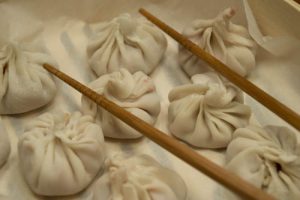
(Credit: J. Michael Cochran)
Shanghai Soup Dumplings (Xiao Long Bao)
I’ve had Shanghai soup dumpling a few times, most notably at Joe Shanghai’s restaurant in New York, and marveled at how the chef managed to serve soup inside the dumpling. Turns out the secret is adding gelatin to the soup, letting it harden, then mincing it up and adding it to the meat filling. When the dumpling is steamed, the soup resumes its liquid state. What an ingenuous idea! This is a popular street food and is sold in little restaurants around Shanghai. In this recipe, traditional pork and crab fillings are replaced with veal or turkey.
These are a bit of work but your reward is a surprising slurp of gingery soup followed by a delicious meat-filled dumpling. I’d recommend enlisting friends to help in the final stage—assembling and sealing the dumplings. It’s a good idea to consult youtube for instructions on sealing the dumplings and eating them off a spoon without dumping soup on your lap.
The dumplings should be steamed in a bamboo steamer basket over simmering water. These are available at Asian food stores or you can create your own steamer by placing a plate on a can inside a large pot, adding an inch or two of water, then placing a cover on the pot. Have parchment paper ready for lining the basket or plate.
INGREDIENTS
Dumplings
1 package of dumpling wrappers (available at Asian food stores), defrosted.
Filling (soup)
1 tablespoon cooked smoked turkey (or other salty, smoky meat), minced (I used smoked turkey from the deli counter)
3 pieces ginger, 2 inches by ½ inches, crushed with the flat of a knife to release flavor
2 green onions cut in two inch slices, crushed with the flat of a knife to release flavor
1 1/3 cups chicken stock
1 ½ teaspoons gelatin
Filling (meat)
1 piece ginger, roughly 2 inches by ½ inch
1 green onion, minced
1 tablespoon dry sherry
1 ½ teaspoons sesame oil
1 teaspoon light soy sauce
1 ½ teaspoons sugar
½ teaspoon salt
Dash of white pepper
½ pound of ground veal or turkey (not lean)
Dipping sauce
¼ cup of Chinkiang vinegar or 2 tablespoons balsamic vinegar and 2 tablespoons cider vinegar.
Ginger (left from meat filling recipe)
INSTRUCTIONS
To Make Soup Filling
1) Put the stock, ginger, scallion and chopped turkey in a small saucepan. Bring to a boil and cook, uncovered, for eight minutes or until it’s reduced by half (yields about 2/3 cup). Strain the soup and discard the solids. Let cool for 15 minutes.
2) Return the soup to the pot and sprinkle on the gelatin. Heat to medium-high, stirring the soup until the gelatin dissolves. Bring the soup to a boil and turn off the heat.
3) Pour into an 8 by 8 inch pan (like a brownie pan) and let it solidify in the refrigerator. You can do this a few hours or the day before making the dumpling.
4) Once the soup is solid, mince.
To Make Meat Filling
1) Grate half the ginger with a microplane or grater. Julienne the other half into small pieces and set aside for the dipping sauce.
2) Mix the grated ginger with the minced green onion, sherry, sesame oil, soy sauce, sugar, salt and white pepper. Swirl to form a creamy mixture with bits of green. Add the meat and blend with a fork.
3) Set the bowl aside for 15 minutes, covered, to let the flavors develop (Don’t go over 15 minutes or the mixture may break down).
4) Stir in the gelatinized soup.
To Make Dipping Sauce
Combine the vinegar and the julienned ginger. If it’s too tart, add water.
Assembling and Steaming the Dumplings
1) Line the steamer baskets with parchment paper.
2) Take a wrapper in your slightly cupped hand and position a scoop of the meat/gelatin filling in the middle. Use the thumb and index finger of the other hand to pinch and pleat the edges of dough to form a closed sack. Some perfectionists claim you need about 32 pleats. Do as many as you can. Be careful to pinch and twist the dough at the end to close the dumpling so the soup doesn’t escape.
3) Put each dumpling in a steamer basket, about an inch apart, sealed side up. If you have extra dumplings, store them on a floured parchment-lined pastry board or cookie sheet.
4) Steam over boiling water (the water shouldn’t reach the level of the basket) for 6 to 8 minutes. The dumplings will puff up a little and become slightly translucent when ready.
5) Serve with dipping sauce.
6) To eat, place the dumpling on a large spoon and pierce with a chop stick or your teeth before slurping the soup.
Make 24 dumplings.
Adapted from: TheSpruce.com


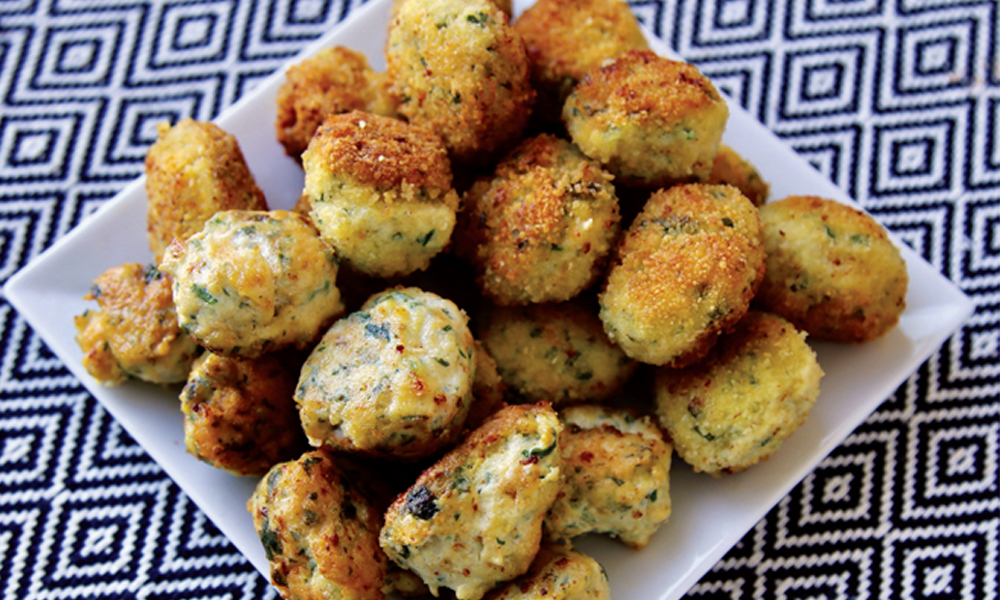
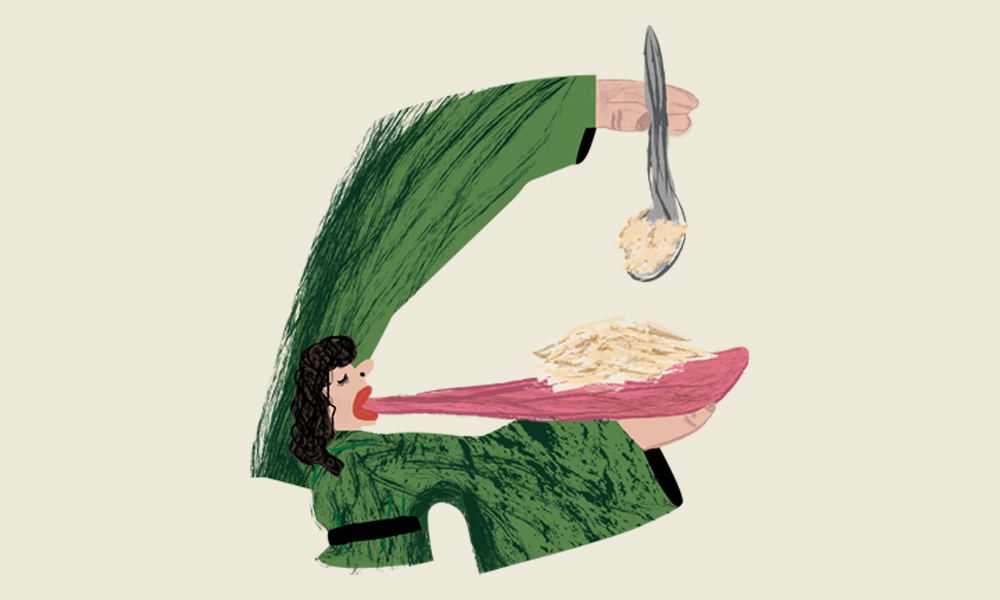
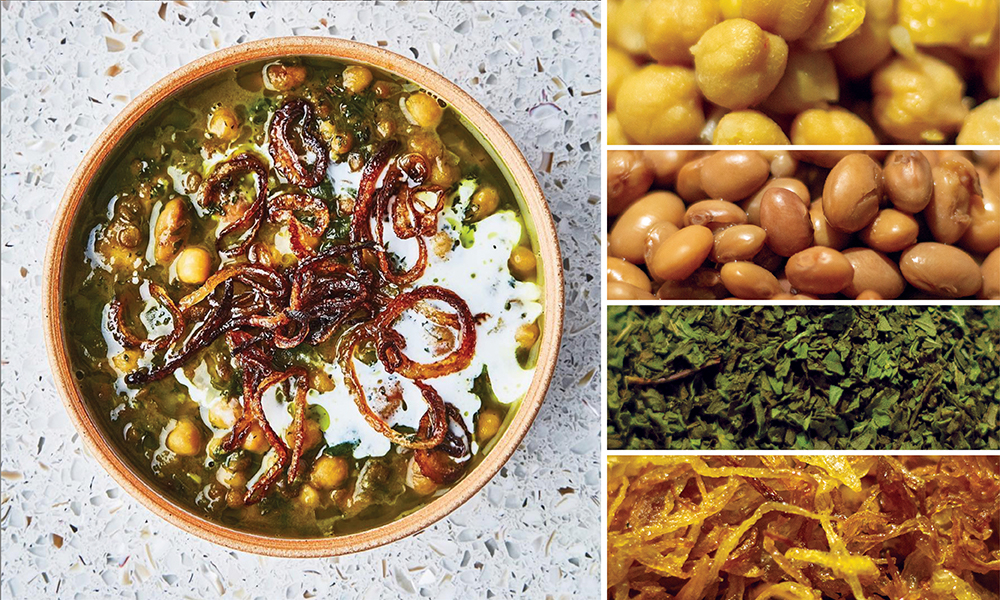
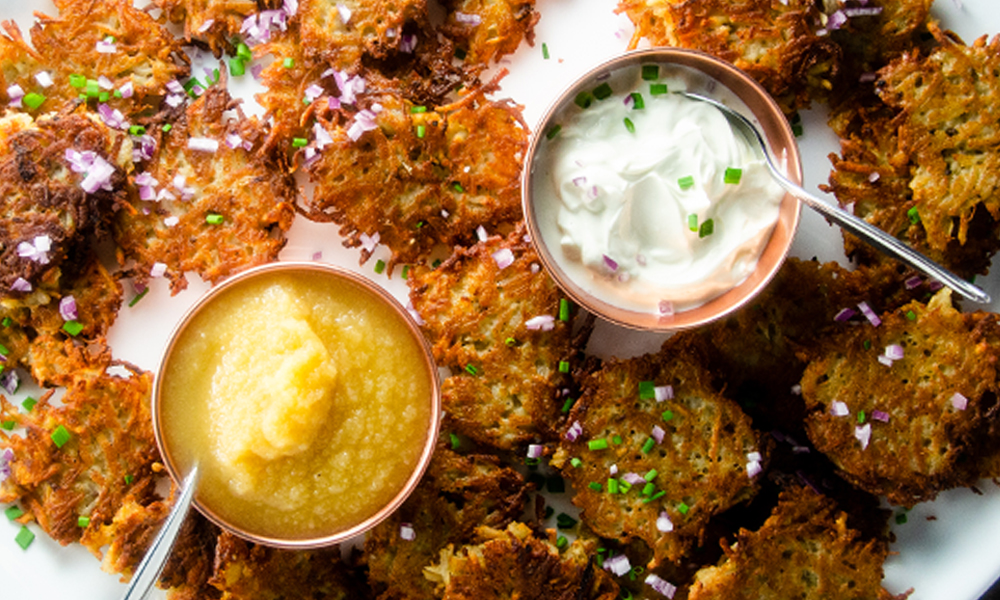

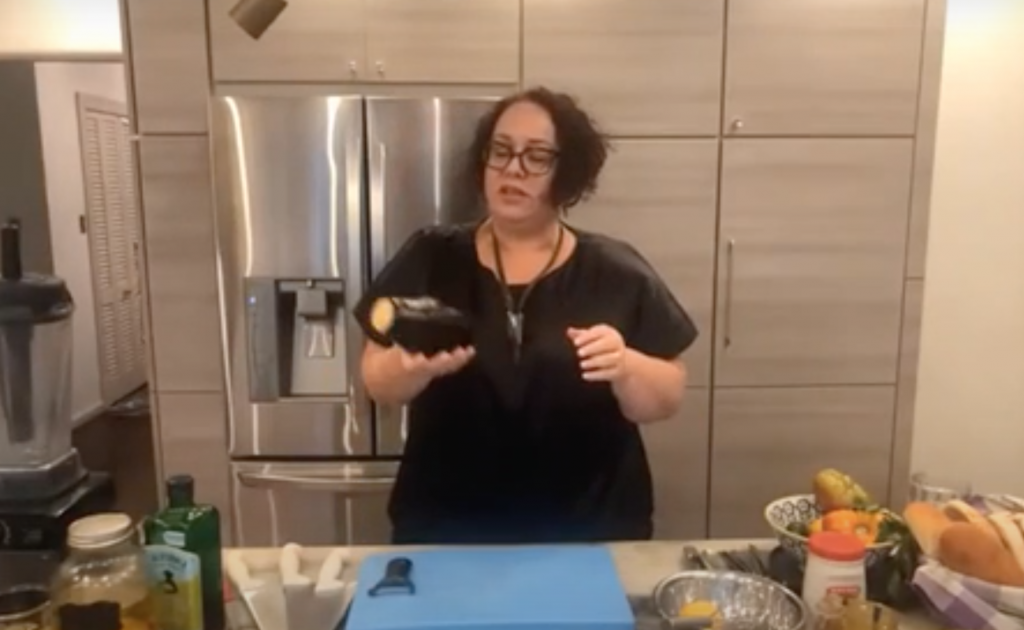
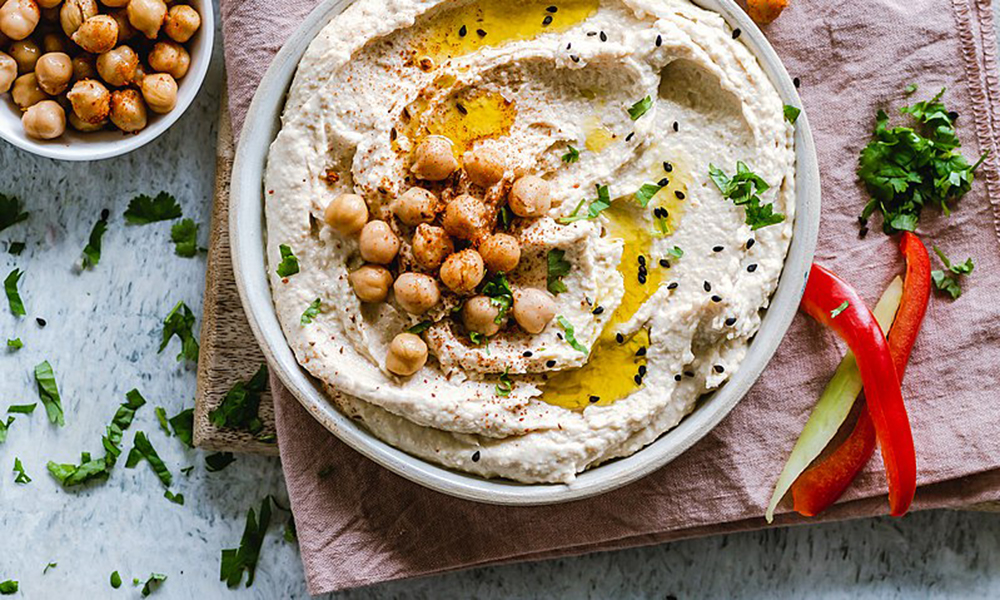
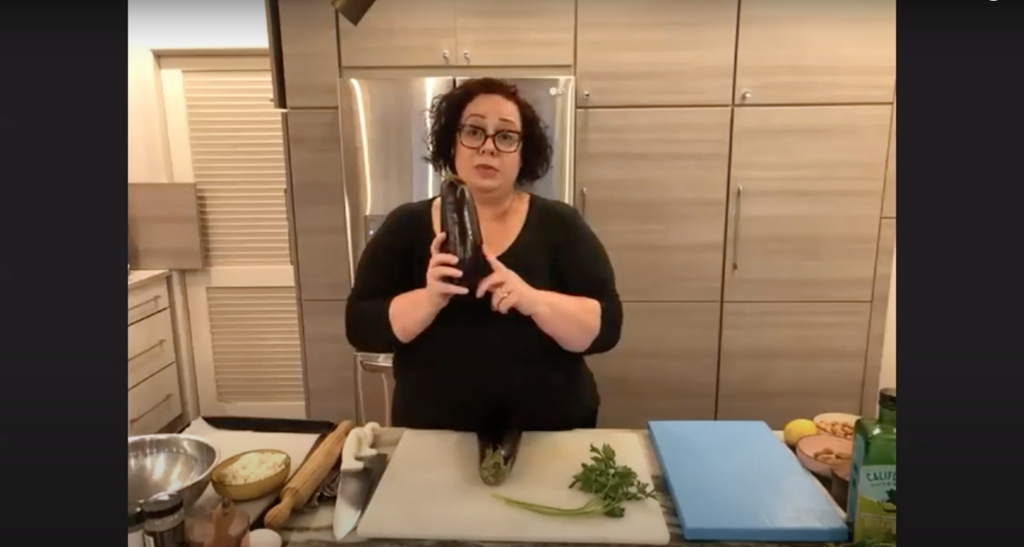

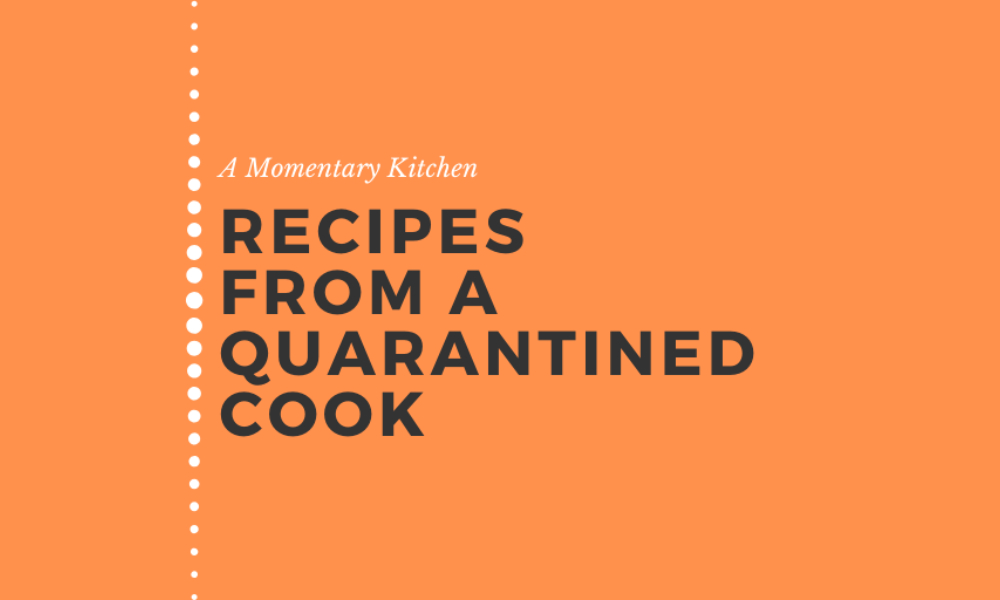


Hoi there. Nice article. I have been coming to Shanghai for so many years and need to take it up on what is available for the traveling and not always wandering Jew in us!